The Centralization in Decentralization
Blockchain is a very hype word. It is thrown around a lot by the media and this warps people’s perception of it.
Over the past several months, I have been delving deeper and deeper into this technology to try and gain an understanding for the essence what it is. I have wrote private research reports, public blog posts, and delivered public talks on this technology.
It’s funny how the process goes. When you first start learning, you think you are an expert very fast. As you start to delve deeper, you only then begin to realise how much there is that you don’t know.
The news media and enthusiasts have tried to apply blockchain to every business use case possible. The reality is that at the moment, the technology has some major issues it needs to address before it can be applied to almost anything other than money and fundraising.
Let’s first deal with what blockchain technology is. A block is a collection of transactions in the form of data. Blocks need to be added on to one another in a specific order, like a chain, giving the name blockchain.

A blockchain is just a database with certain rules attached. The main difference between a blockchain and it’s traditional database counterpart is a blockchain is run via a decentralized network whereas a traditional database is run via a central server.
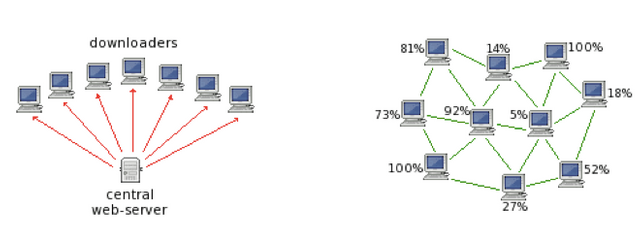
In the central server model, there is a single point of failure and complete trust is placed in the central point. The central server holds the complete authority and responsibility for processing the data.
In a blockchain, each node in the network holds a copy of the ledger and is responsible for processing each transaction. This is how it is determined whether transactions are valid. This is known as a proof-of-work consensus mechanism, which is essentially a probabilistic solutions to the Byzantine Generals problem.
The Byzantine Generals problem is an unsolvable issue in distributed computing that deals with how the network can reach consensus in the absence of a central authority. Consensus mechanisms are the solutions to this, and currently, the proof-of-work model rules the landscape. Any alternatives are currently not widely implemented due to security and efficacy concerns.
The problem lies at the issue of every node having to update a copy of the ledger for every transaction, along with having to validate every transaction. The throughput of the Bitcoin network is around 6tps, and the throughput for Ethereum is 15tps. When compared to the 46,000tps throughput of the Visa network, we can see that the decentralized network is wildly inefficient and unrealistic to meet substantial demands.
The problem doesn’t stop there. As the ledger grows and grows, it takes more and more energy consumption for each node in the network to maintain a copy of the ledger. The Bitcoin network at the moment has an annual energy consumption greater than that of some countries.
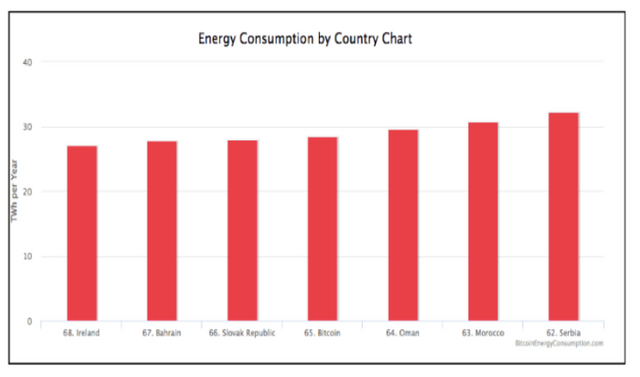
There are also special types of nodes called miners who compete with their computational resources for the privilege of adding the next block on to the blockchain. For doing this, they get rewarded with newly minted Bitcoin.
When the Bitcoin network was in it’s early days, anybody could mine from their CPU. CPU’s gave way to the more powerful GPU. Now, we have application specific integrated circuits (ASICs), a specifically designed chip solely put together for the purpose of mining Bitcoin, dominating the mining landscape.
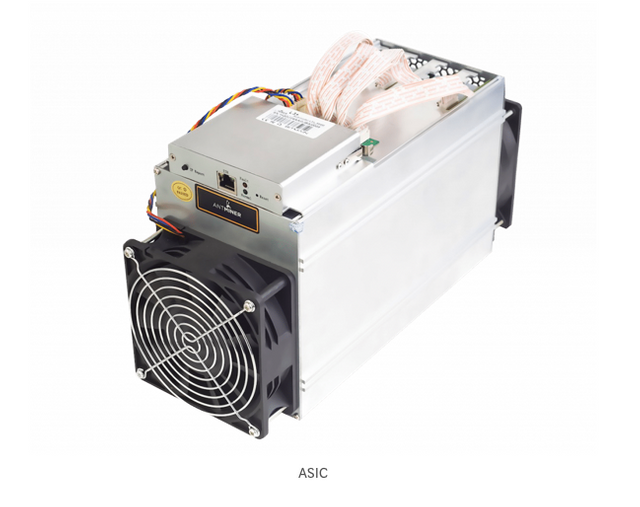
What’s the fuss about anyway? What are the benefits of decentralization and why are all these resources being applied to achieve it.
The unique properties of a blockchain mean it is immutable, public, has no single point of failure, is censorship resistant, is politically neutral, and is antifragile.
The killer applications for the blockchain so far have been money and fundraising. The properties of a blockchain mean it is slow to change and fully auditable, good characteristics for money. Slow to change is a big limitation for business.
The scalability trilemma is often discussed. For an increase in speed, there needs to be a tradeoff between safety and decentralization, which is not ideal when the purpose of the technology is to achieve security and decentralization.
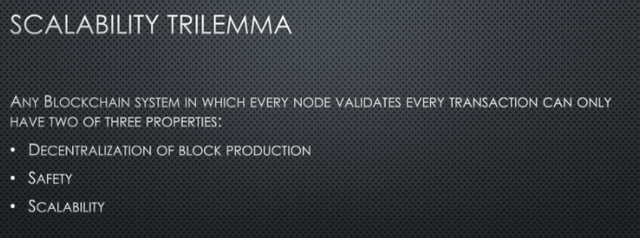
What about the title? Well, as the ledger grows and grows, it is infeasible for more and more computers to keep a full copy of ledger as it requires more and more computational power. So as fewer and fewer computers are able to run a node, this means that the network becomes more and more centralized, the very thing we were trying to avoid in the first place.
Hash rate essentially represents the market share miners have. As mining becomes more and more computationally competitive, only those with access to low energy rate will be able to remain profitable. Miners in China have access to rates of $0.03 per kWh, and currently over 50% of the hash rate is from within China.
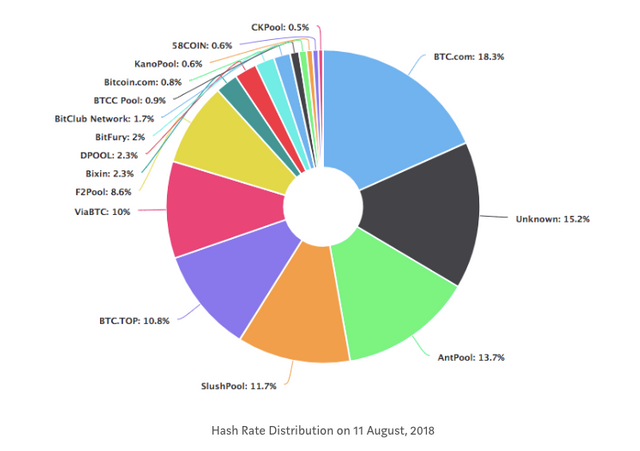
At the moment, I believe the biggest issues for blockchain technology is not what is a great business use case. The biggest issues lie with scalability, sustainability, and avoiding centralization so it can keep the key benefits of decentralization.
Some solutions being proposed include altering the consensus mechanisms, side chain transactions, off-chain computations, child blockchain structures such as Plasma, experimenting with different structures for databases such as directed acyclic graphs (DAGs), and data sharding.
With price undergoing huge depreciations this year, one positive point is that there is less attention given to getting rich quick and more focus applied to the technological developments that can really make decentralized technology useful and adopted going forward.
Congratulations @johnleequigley1! You received a personal award!
You can view your badges on your Steem Board and compare to others on the Steem Ranking
Vote for @Steemitboard as a witness to get one more award and increased upvotes!